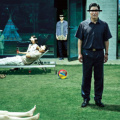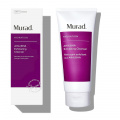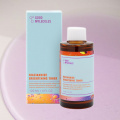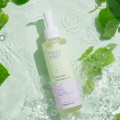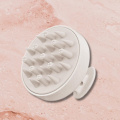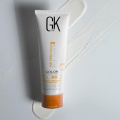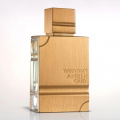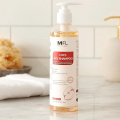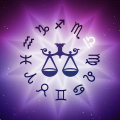From Flakes to Fab: Say Goodbye to Beard Dandruff in Style
Don’t let beard dandruff ruin your style. Discover some amazing hacks to drive away the flaking and itching and welcome a clean and healthy beard.
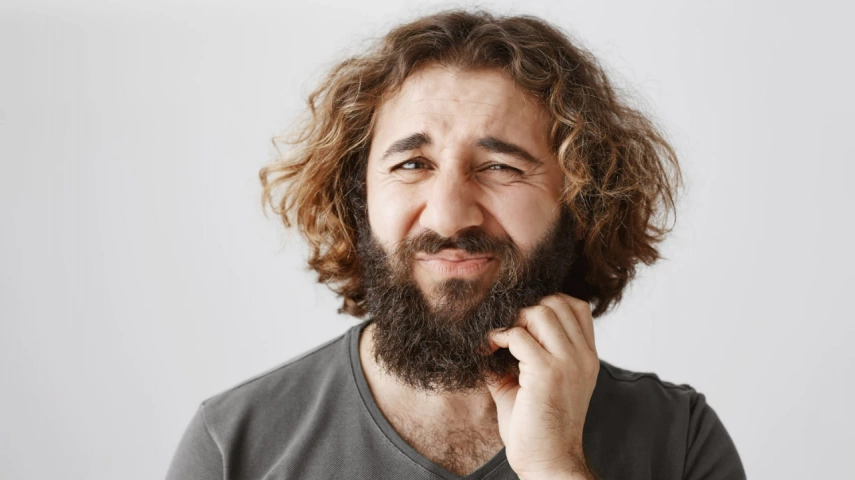
Beards make a statement without saying a word — a well-groomed beard is a gentleman’s signature. However, every man who has ever grown a beard has experienced itching and flaking at some point. Those who haven’t, you’re just lucky! Some of the most evidently lustrous manes can also harbor dark secrets like beard dandruff. Developing dandruff in the beard is quite common; it is usually transient but at times can develop into a persistent problem.
It resembles scalp dandruff and can often embarrass you in public. The skin beneath that impressive mane is often malnourished, having been neglected in terms of cleansing and moisturizing. So, while the beard shines, the dry skin beneath flecks and flakes. This should not worry you — getting rid of beard dandruff can be achieved by following a few simple steps that we will discuss today.
What Is Beard Dandruff?
Dry, flaky skin or flakes in the beard area are referred to as beard dandruff. It is similar to scalp dandruff but occurs specifically in the facial hair region. Severe dry skin, fungal or bacterial overgrowth, poor beard hygiene, or skin conditions like seborrheic dermatitis are some of the common causes of dandruff in the beard. Pityriasis capitis is a mild type of seborrheic dermatitis that affects the scalp and beard area (1).
Itching or irritation may accompany the flakes, which can be white or yellowish. Dandruff in the beard can be relieved and prevented with proper beard maintenance, regular cleaning, moisturizing, and the use of specialized beard grooming products.
Assuming that you've understood what a flaking beard is, let’s solve the real mystery of what causes it.
What Causes Dandruff in the Beard?
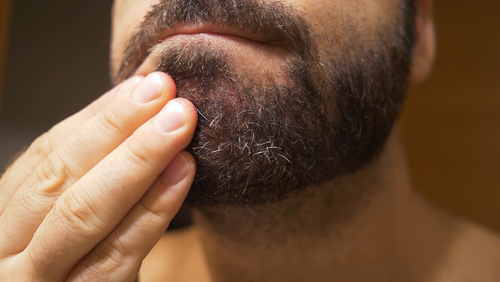
Dandruff in the beard is a sneaky ailment that draws unwanted attention in a social circle. Rich facial hair can protect against the sun, acting as a kind of natural SPF, but it also gets in the way of a skincare routine that is essential for maintaining healthy skin on the face.
Here are the common causes of dandruff on the facial skin near the beard region:
1. Dry Skin And Disturbed Skin pH Levels
Washing your beard hair with regular shampoo too often can alter the acid-base balance (pH) of the skin underneath, causing inflammation with excessive dryness, itching, redness, and flaking. Do not forget the facial skin is gentle and requires special beard cleansers, and meticulous moisturization thereafter to stay healthy (2).
2. Poor Beard Hygiene
Improper hygiene and infrequent washing can also cause beard dandruff. A buildup of sebum and dead skin cells can result in skin inflammation and microbial growth. Our contributor Dr. Chaudhry, an UK board-certified Dermatologist explains, “Poor beard hygiene can exacerbate beard dandruff. When dead skin cells, oil, and dirt accumulate in the beard, they can create a breeding ground for yeast and bacteria. This can lead to irritation, inflammation, and flakiness, resulting in dandruff.”
3. Climate Change
As we all know, climatic conditions like cold and dry weather or damp, humid climates can worsen your beard dandruff if you generally suffer from dry skin and scalp dandruff.
4. Fungal Growth
Malassezia globosa is a microbe that is present on almost everyone's skin. This particular type of fungus thrives in areas with a lot of sebaceous glands and high levels of sebum, like your face and scalp.
The fungus aids in the breakdown of sebum, resulting in the formation of oleic acid, which irritates the skin for some people. If you have naturally oily skin, you are more likely to harbor M. globosa microbes on your skin, resulting in an excess of the skin irritant-oleic acid (3).
5. Yeast Infestation
Studies show that yeasts that reside on your oily skin, like Pityrosporum ovale, can also cause skin flaking (4).
6. Higher Skin Cell Turnover
Your skin cells may have a higher rate of cell turnover. Here, we are referring to the frequency of skin cell renewal. A cell turnover cycle typically happens every 30 days. A buildup of dead skin cells may occur if the process accelerates, leading to irritated, flaky skin.
7. Stress
Although stress is not a direct cause of dandruff, it can aggravate the condition in some individuals. Our contributor Dr. Chaudhry states that stress can trigger dandruff in a beard due to its impact on the body's hormonal balance. Stress can lead to increased oil production in the skin, which, combined with dead skin cells, creates an environment conducive to dandruff development.
This may seem obvious, but you should shield yourself from the factors that cause beard dandruff as much as possible to prevent it from happening in the first place (5),(6).
How to Get Rid of Dandruff in Beard?
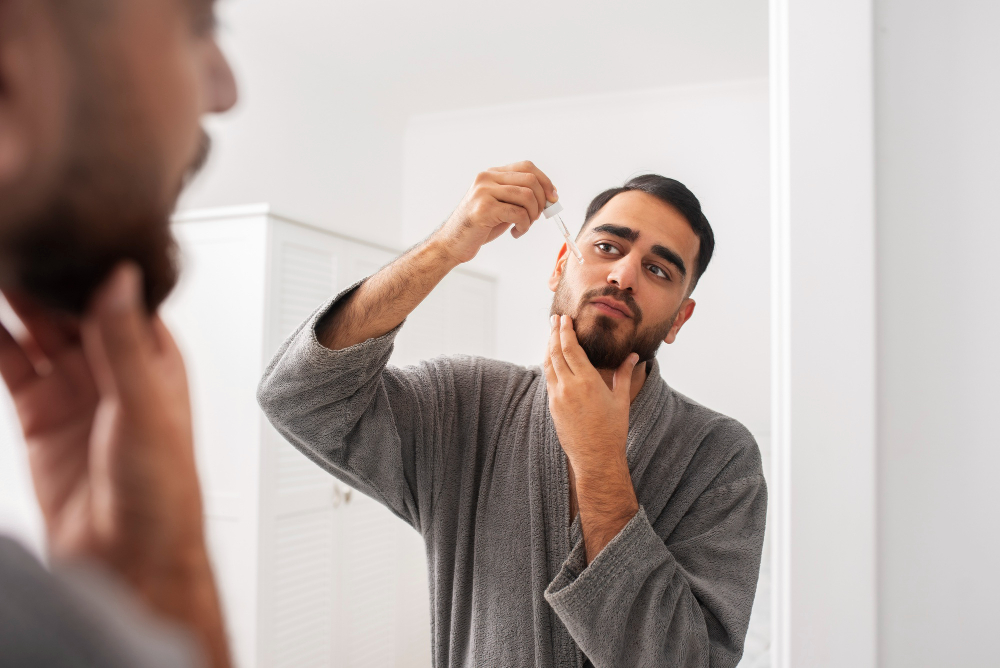
Apart from the social woes of scratching the beard and flaking it in public, dandruff in a beard can be seriously annoying and hamper a normal life. The skin underneath the beard may get red, sore, and patchy, which may cause facial skin complications later on. So it is best to nip the problem in the bud.
Coming to the important bit, here are a few tips for the treatment of beard dandruff:
1. Maintain Beard Hygiene
If you have already developed significant dandruff in your beard, then it's about time you step up your hygiene measures. Unlike the scalp, facial skin requires regular cleansing. Use mild chemical-free beard cleansers, like tea-tree oil-infused cleansers, to thoroughly clean the beard hair and the skin, then rinse off with lukewarm water (7). If you have an ongoing fungal infection causing dandruff, then use a dermatologist-prescribed anti-fungal (ketoconazole) shampoo (8).
Dry the beard adequately after that by slowly patting it with a soft towel. Once thoroughly cleansed, move on to conditioning and moisturizing the beard.
2. Moisturize the Beard
Dry skin can exacerbate dandruff, so keep your beard and underlying skin moisturized. Apply a high-quality beard oil with infused essential oils or beard balm on a regular basis to hydrate the skin and condition the beard hair (9).
3. Exfoliate Your Skin
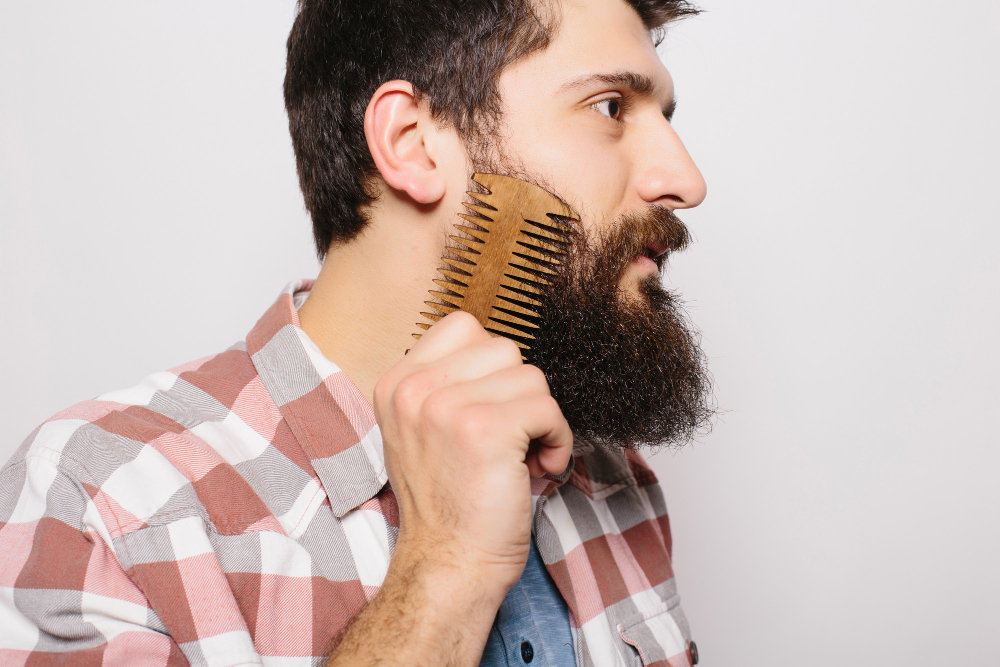
Exfoliating the beard is an important step in preventing dandruff. Maintaining healthy skin beneath your beard involves removing dead skin cells and clearing clogged pores.
Massage the skin in circular motions using a soft-bristled brush or a beard-specific exfoliating product. This process increases blood circulation, promotes cell turnover, and reduces flaking and itchiness. Remember, scrubbing too hard can irritate the skin. Periodic exfoliation, in conjunction with proper cleansing and moisturizing, can significantly reduce the occurrence of beard dandruff and keep your facial hair looking and feeling clean.
4. Focus on Timely Trims
Trimming your beard regularly helps to maintain its health by preventing the entrapment of sebum and dead skin cells that assist fungus growth. For routine trims, go to a professional barber or use sharp, clean beard-trimming scissors.
5. Avoid Harsh Chemical Treatments
Dryness and dandruff can result from harsh grooming products that strip the skin and beard of their natural oils. Use lukewarm water to wash your beard, and go with gentle products that do not contain any harsh chemicals.
6. Watch Your Diet
A balanced diet rich in vitamins, minerals, and essential fatty acids can promote overall skin health. Include foods like fruits, vegetables, lean proteins, and omega-3 fatty acids to support healthy skin and hair. Steer clear of fast food and junk foods that not only affect the skin but also ruin your overall health (1).
7. Manage Stress Levels

Stress is harmful to your overall health, including your skin. To reduce stress and promote healthy skin, use stress management techniques such as exercise, meditation, and deep breathing exercises (10).
It takes time and consistency to get rid of dandruff. Do not expect immediate results. Maintain a regular beard care routine, adhere to proper grooming techniques, and be patient as your skin adjusts and heals.
How to Prevent Beard Dandruff from Coming Back?
Dry, flaky, and irritated skin causing dandruff is recurrent when not maintained regularly (11). Dry beard skin and flaky beard are no different. After eliminating dandruff from your beard, maintain your routine of cleansing, rinsing, drying, and moisturizing regularly.
If there happens to be a day that the skin underneath the beard feels tight or itchy, increase the amount of beard oil. In winter and spring, when the climate is arid, opt for a thicker moisturizer. Once your dandruff is controlled, reduce the frequency of medicated shampoo use to once or twice a week. Continual care will help prevent dandruff from coming back and keep your skin and facial hair healthy.
When Should You See a Dermatologist?
It is best practice to consult a dermatologist for any skin issues before trying out different skin care products. Here are a few telltale signs that your dandruff issues need the healing hands of a doctor:
- When dandruff on your beard persists or becomes severe despite consistent grooming and proper care.
- If your dandruff is accompanied by severe itching, redness, and inflammation or if it spreads beyond your beard area, it may indicate an underlying skin condition that requires professional evaluation.
A dermatologist can correctly identify the underlying cause of your dandruff, recommend tailored treatments, and provide customized products to help you manage the condition and avoid any potential complications.
Conclusion
A healthy mane is a reflection of patience and perseverance. Be it scalp hair, a mustache, or a beard, keeping it healthy in today’s heavily polluted environment and hectic lifestyles is a journey in itself. Beard dandruff is a fairly common problem that can be easily controlled if diagnosed early. Brushing and combing your beard, like your scalp hair, can be a starting point for your beard care routine. It's crucial to be mindful of the products you choose for cleansing and moisturizing your beard; use the one that suits your general skin type. Without experimenting with beard grooming regimens, you can also work closely with your skin specialist to restore the health of your beard.
Contributor: Dr. Chaudhry, UK board-certified Dermatologist, Scandinavian Biolabs





 JOIN OUR WHATSAPP CHANNEL
JOIN OUR WHATSAPP CHANNEL



























